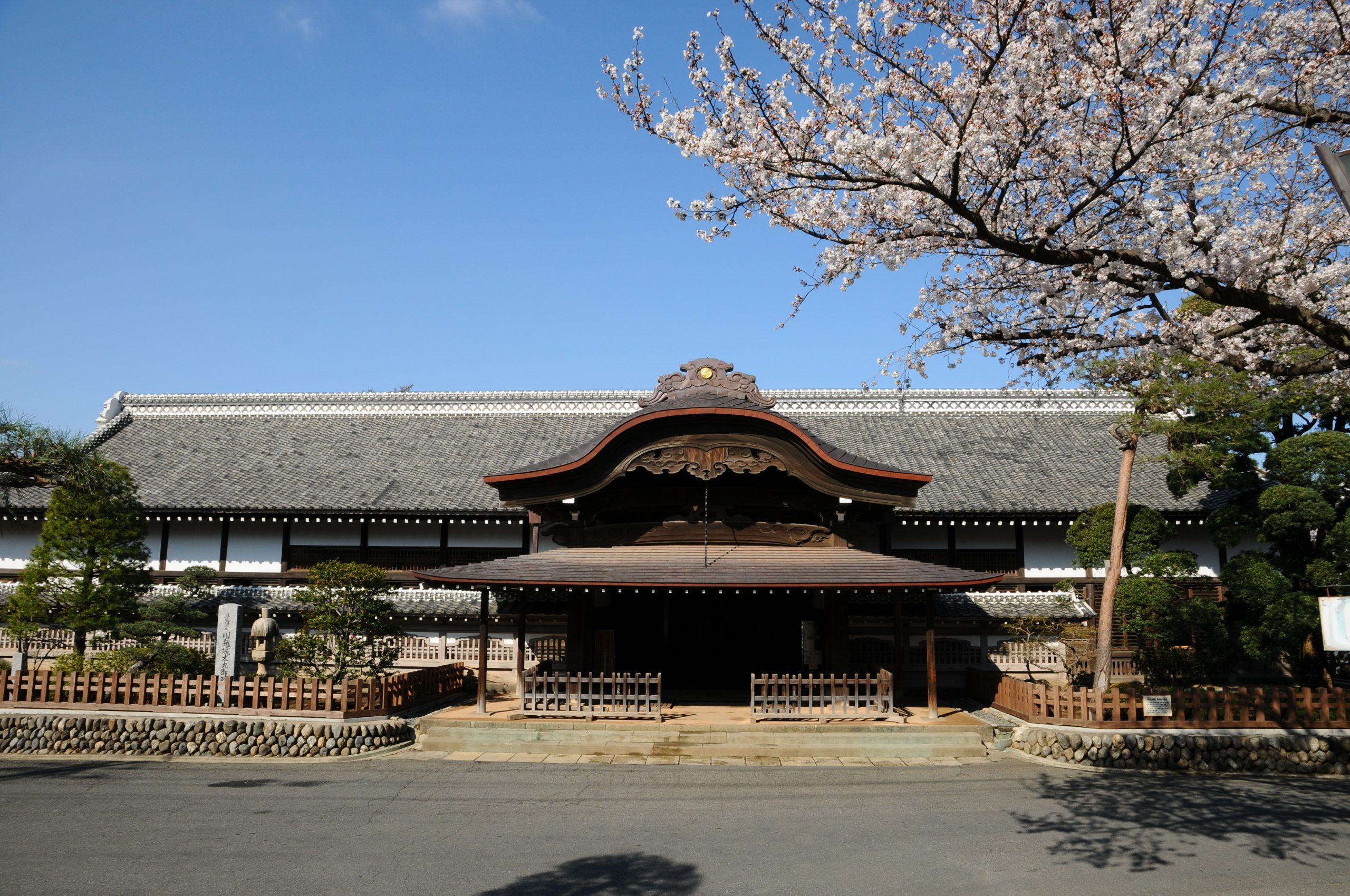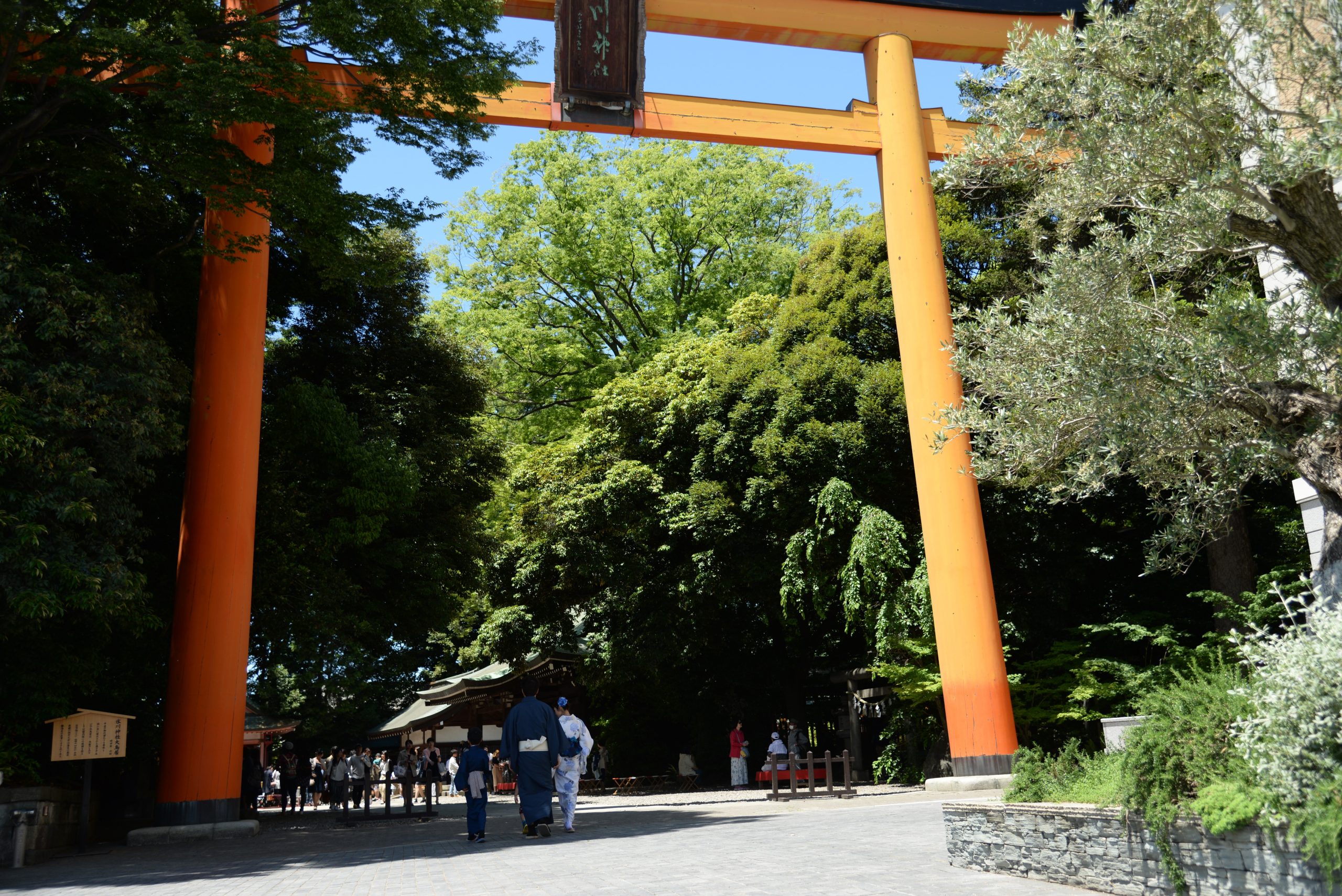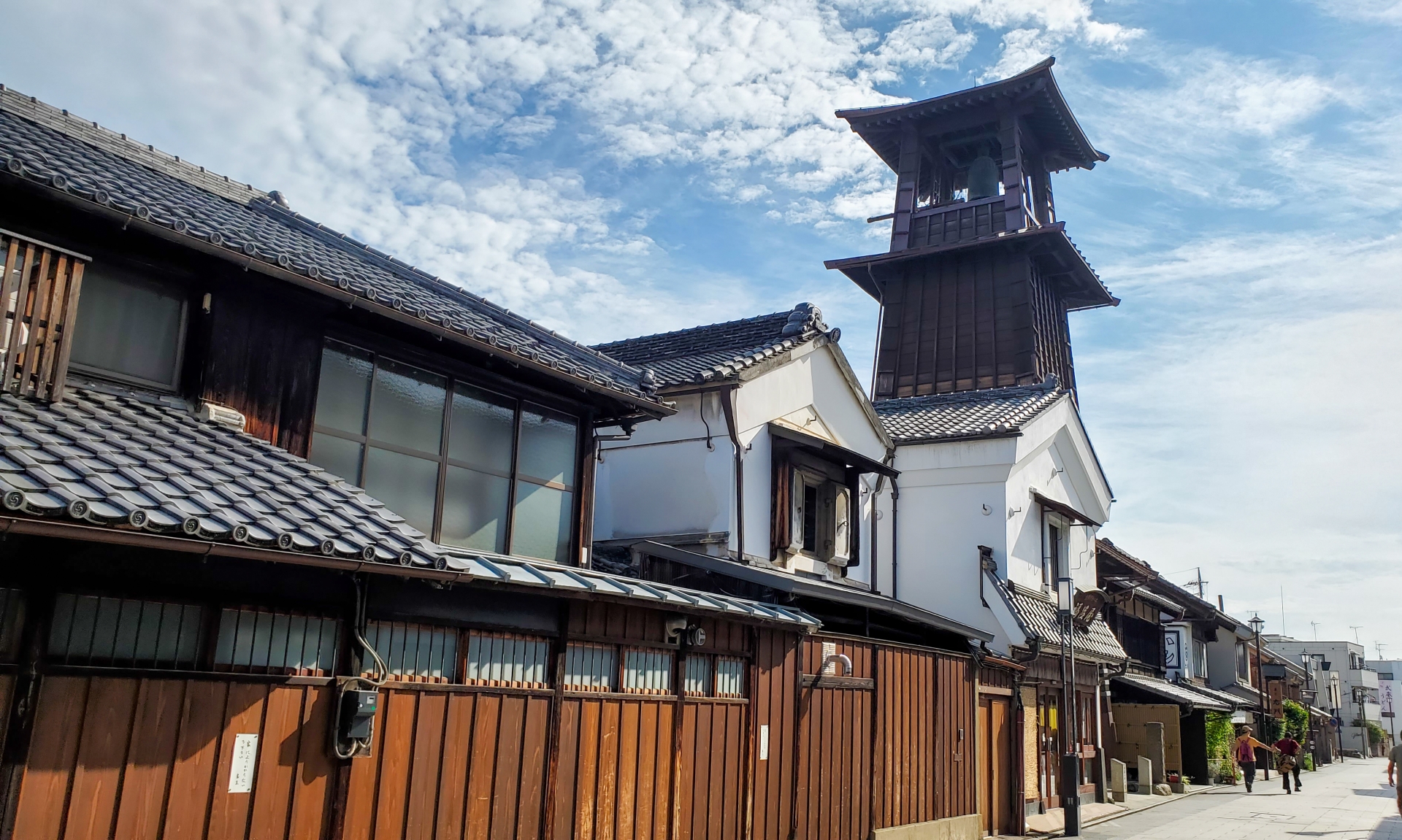Historical Sites in Kawagoe – Time Travel to the World of the Emmy Award-Winning Series “SHOGUN”
features
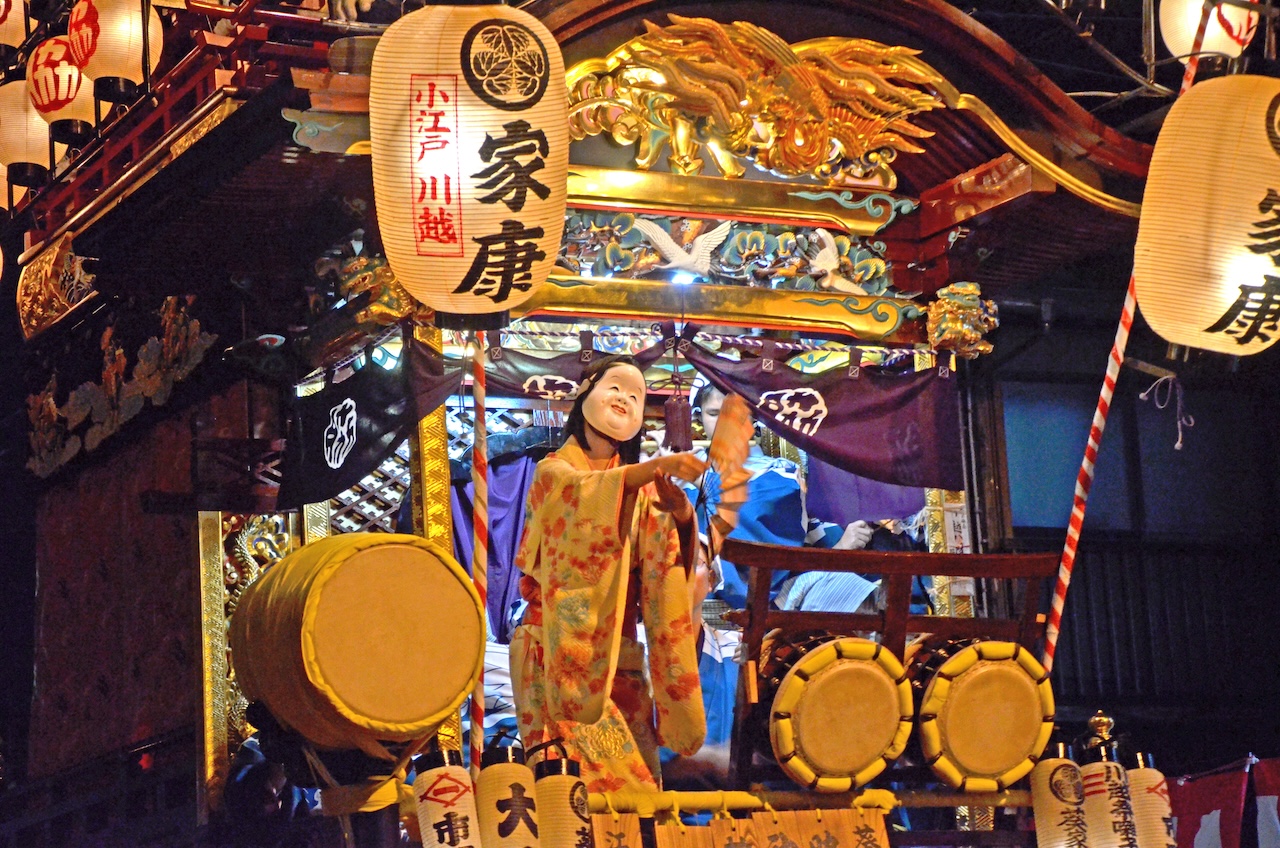
Dive into the world of the Emmy Award-winning series “SHOGUN” at the historic city of Kawagoe! Known as ""Little Edo"", Kawagoe has beautifully preserved the spirit of feudal Japan with iconic sites like Kawagoe Kitain Temple and Kawagoe Castle. Each site introduced in this article tells a compelling story of the Edo period's political intrigue, military strength, and cultural richness that shaped Japan's history.
Updated on:2025.06.17
Kawagoe - The City Highly Valued by the Tokugawa Shogun
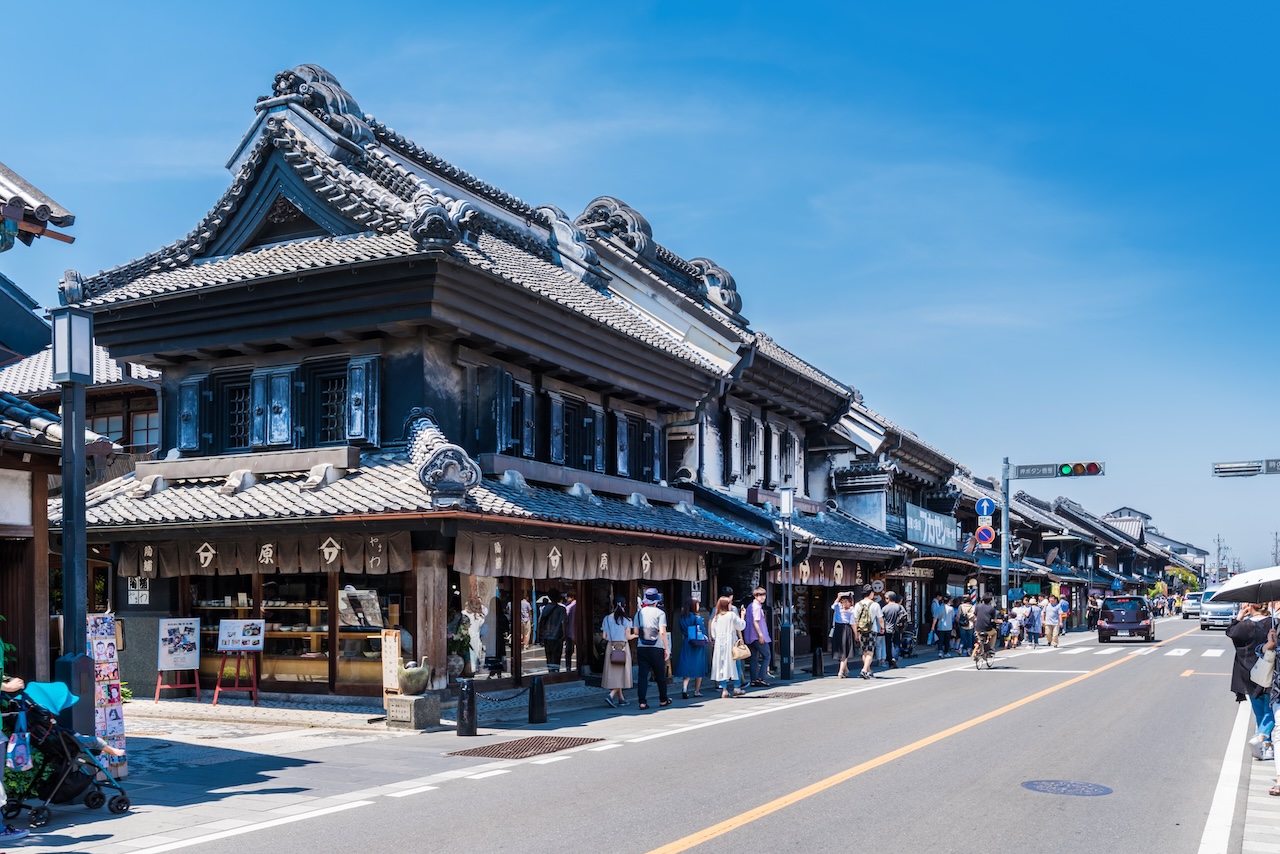
Kawagoe played an essential role during the rule of the Edo Shogunate (1603-1868) as the “Northern Guard” of Edo, the former name for Tokyo. Tokugawa Ieyasu, the first shogun of the Edo Shogunate, entrusted the domain to Sakai Shigetada, one of his most trusted retainers, setting the foundation for its significance. Over the years, Kawagoe was ruled by similarly prominent shogunate figures such as Matsudaira Nobutsuna and Yanagisawa Yoshiyasu. Many of their policies and actions left everlasting effects on the city that can still be seen today.
For example, Nobutsuna’s enhancements to the Shingashi River shipping route created a vital connection between Kawagoe and Edo, facilitating efficient goods transport. This earned Kawagoe’s reputation as the “”Kitchen of Edo””, transforming it into a lively center for merchants. The distinct warehouse-style buildings that these merchants used still shape the cityscape of Kawagoe today, transporting visitors back into the past.
Below we’ll introduce a couple more spots in Kawagoe that were closely tied with the Edo Shogunate in some way.
picture cells / Shutterstock.com
Kawagoe Castle - Home to One of Only Two Remaining Main Palaces in Japan
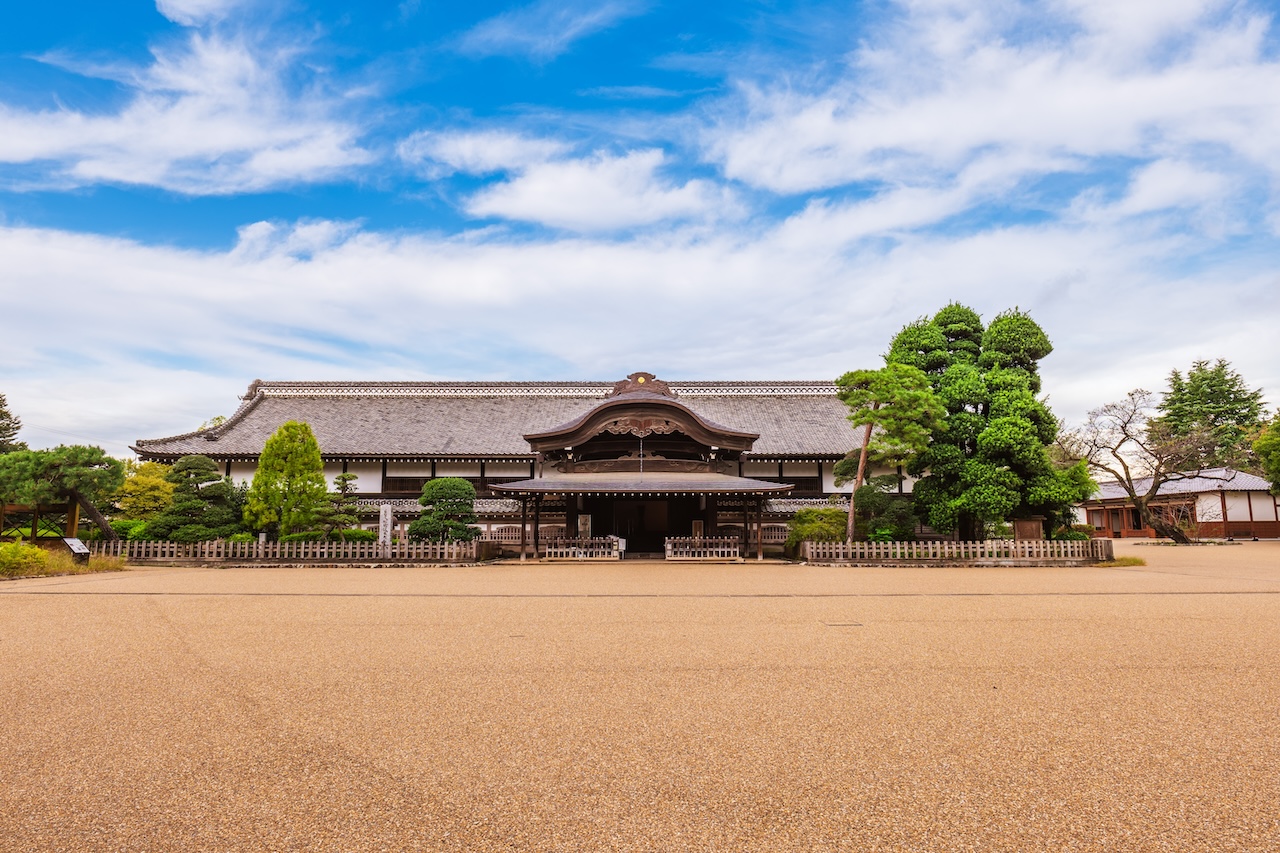
Kawagoe Castle was an essential military and political stronghold from the Sengoku period (1467-1615) to the Edo period.
Most of the castle was demolished during the Meiji Restoration (1868-1889), which was a politically and socially turbulent time when the ruling power of Japan shifted from the Tokugawa Shogunate to the Imperial family, in an attempt to remove vestiges of samurai power from the former ruling power. The Honmaru Goten (main palace) of Kawagoe Castle is one of the few surviving structures that locals and tourists can visit today. Retaining the same appearance as when it wasA reconstruction of the original built in 1848, it features an entrance hall, a grand hall, and rooms once used by senior retainers, offering a glimpse into the opulence of the Kawagoe domain. It is also one of only two remaining main palaces in Japan alongside Kochi Castle, making it an invaluable cultural treasure.
Name: Kawagoe Castle
Address: 2-13-1, Kuruwa-machi, Kawagoe-shi, Saitama
Access: Take the Koedo Loop Bus from the West Exit of Kawagoe Station using the “Kitain Temple/Kashiya Yokocho” route and get off at the “Kawagoe City Museum/Kawagoe City Art Museum” bus stop.
Kawagoe Kitain Temple – Visit the Room Where the Third Tokugawa Shogun was Born
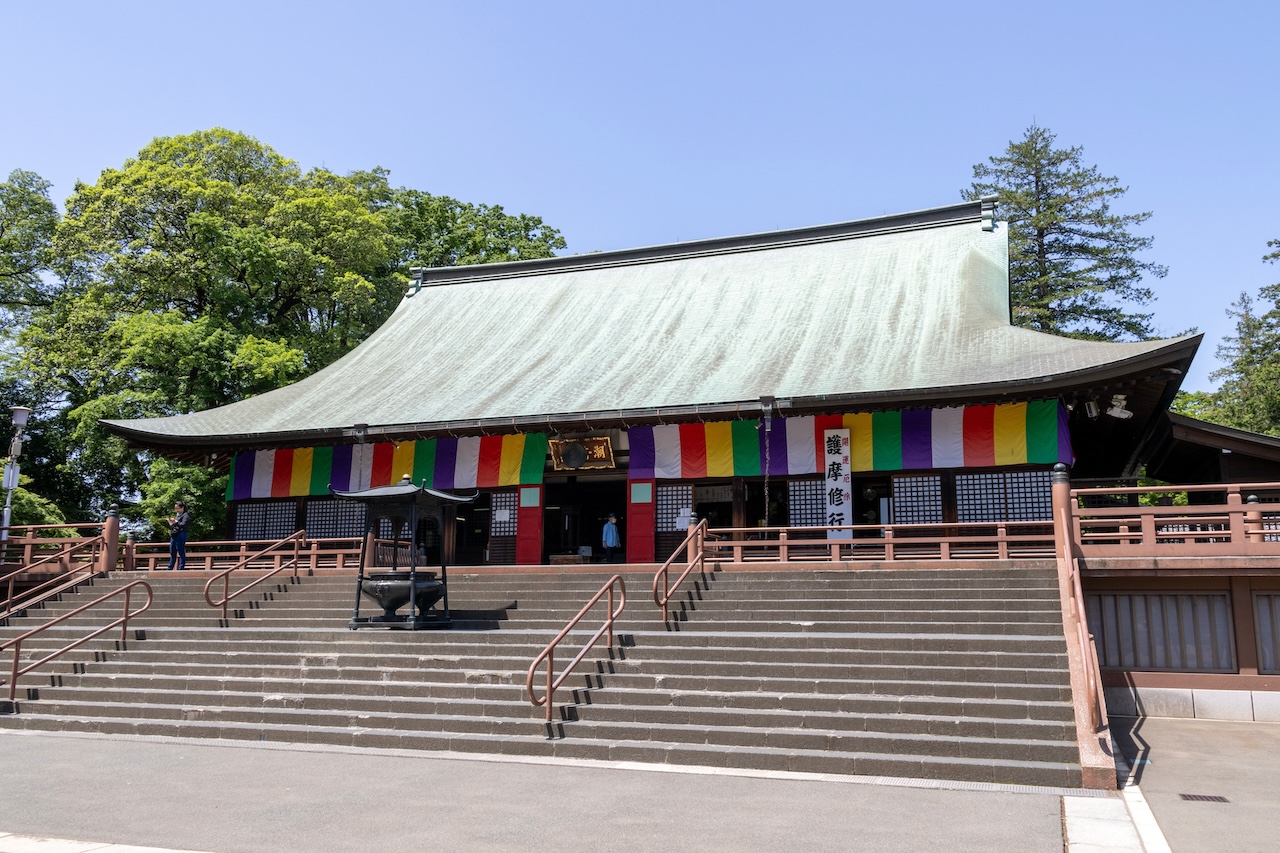
Kawagoe Kitain Temple is a renowned Tendai sect temple established in 830 by the revered monk Ennin. The temple gained significant prominence during the early Edo period when the distinguished monk Tenkai served as its head priest. Tenkai was not only a devoted monk, but a confidant of Tokugawa Ieyasu, and had contributed greatly to many of his campaigns with his intelligence. He also had strong bonds with the second shogun Tokugawa Hidetada and the third shogun Tokugawa Iemitsu, further cementing the temple’s significance to the Tokugawa Shogunate.
Following a devastating fire in 1638 that destroyed much of the temple complex, the third shogun Tokugawa Iemitsu ordered its reconstruction, incorporating structures from Edo Castle, including the birth room of Iemitsu and the “”cosmetic room”” used by his wet nurse, Kasuga-no-Tsubone. These buildings are some of Japan’s oldest Edo Castle structures still existing today and are protected as National Treasures and Important Cultural Properties. They cannot be seen outside of the temple, not even in Tokyo, making them truly one-of-a-kind.
Tang Yan Song / Shutterstock.com
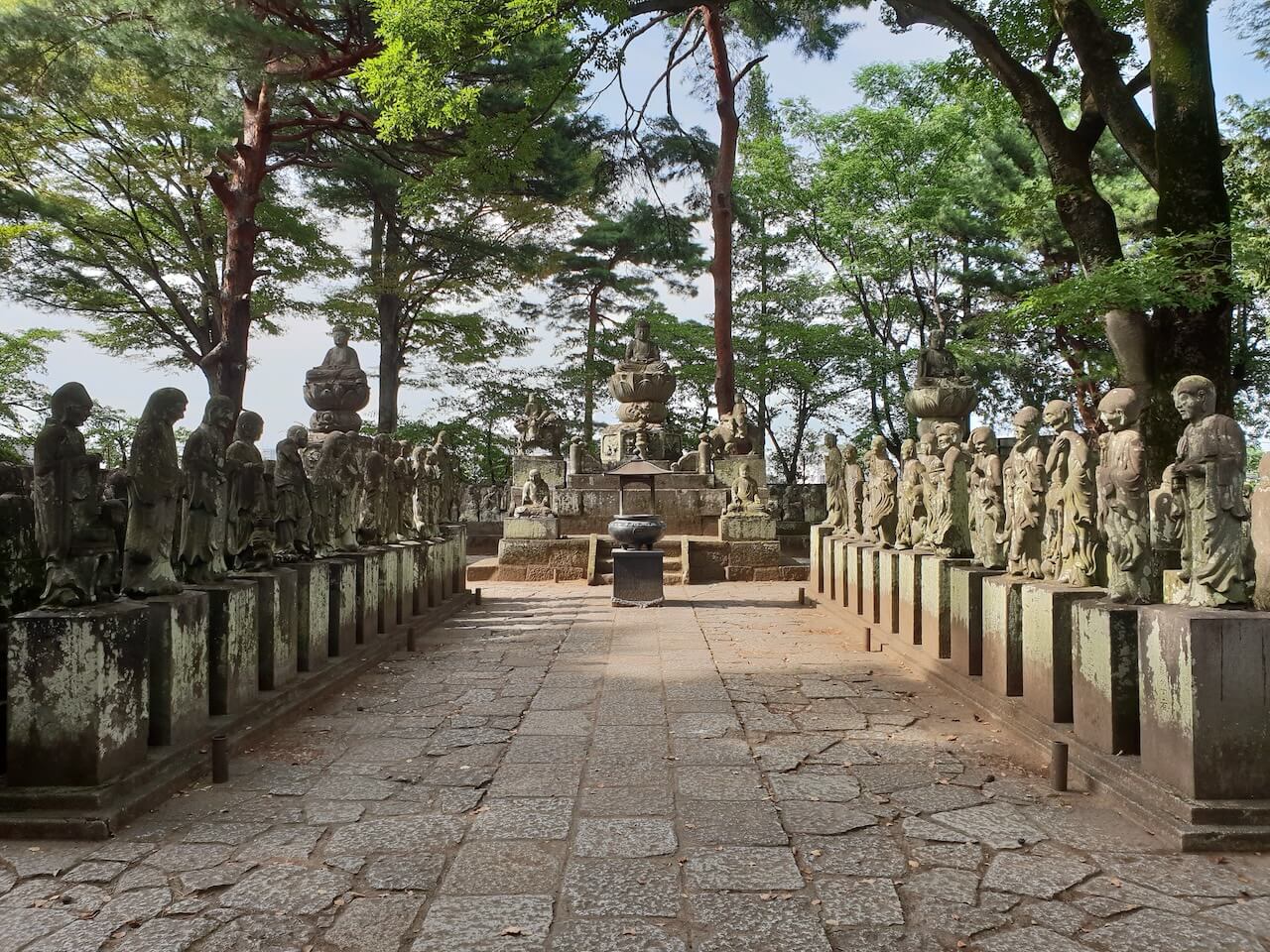
Other treasures worth checking out in Kitain Temple are the unique collection of 538 “Rakan” (Arhat) stone statues, depicting various human expressions and emotions, and the surrounding gardens that showcase the beauty of Japan’s four seasons with cherry blossoms, maple leaves, and much more. Visit to get a glimpse into the legacy of the Edo Shogunate.
Name: Kawagoe Kitain Temple
Address: 1-20-1, Kosenba-machi, Kawagoe-shi, Saitama
Access: 20-minute walk from Kawagoe Station
Senba Toshogu Shrine - Dedicated to the First Shogun
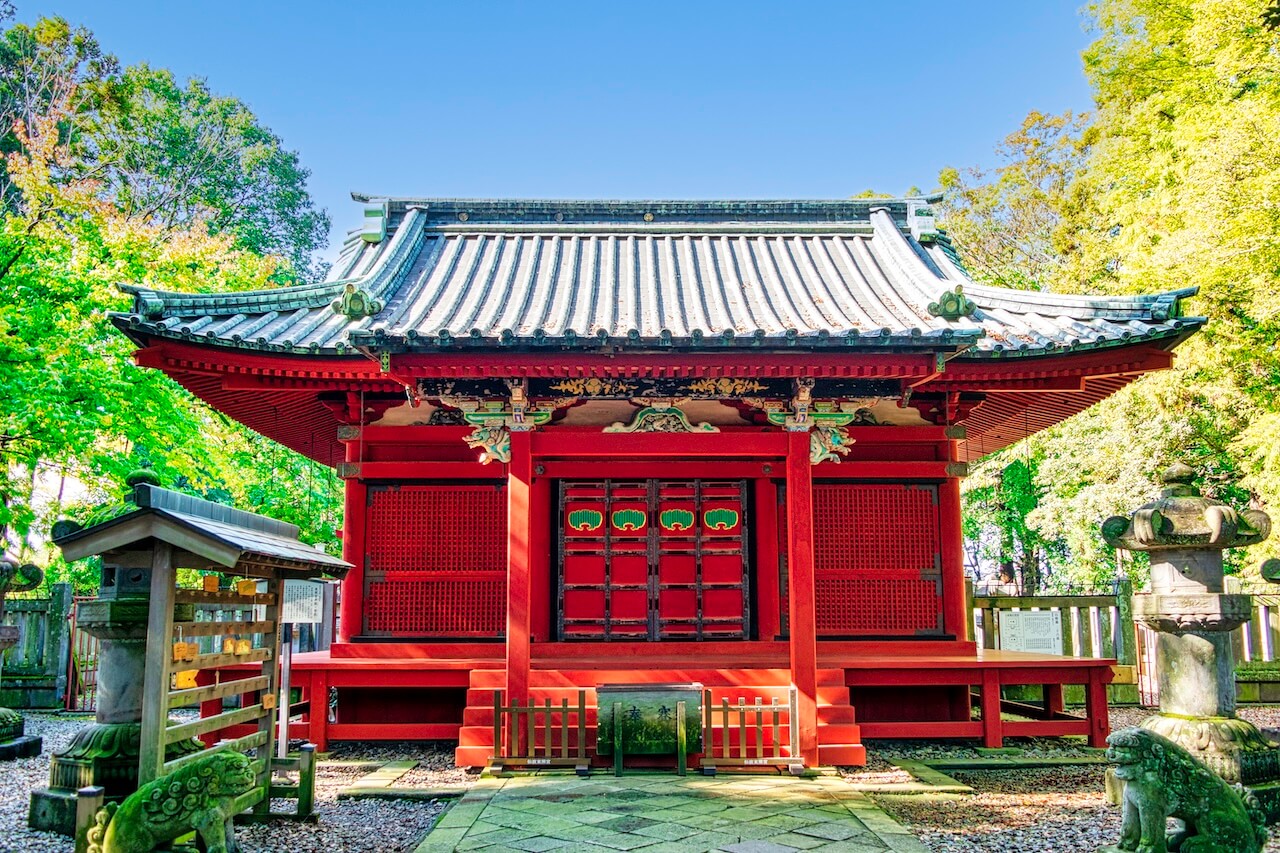
Senba Toshogu Shrine, located just south of Kawagoe Kitain Temple, is one of several Toshogu shrines which are all dedicated to Tokugawa Ieyasu, the first shogun of the Edo Shogunate. Alongside Nikko and Kunozan, it is recognized as one of Japan’s three major Toshogu shrines.
In 1617, Ieyasu’s remains were moved from Shizuoka to Nikko. Along the way, they stopped at Kitain Temple for a four-day memorial service conducted by one of his confidants, the high priest Tenkai. To commemorate this event, Senba Toshogu Shrine was established, with construction finished in 1633.
The shrine is home to several Important Cultural Properties, including the Honden (Main Hall) which features a striking copper-tiled roof and intricate lacquerwork. Inside, visitors will find a statue of Ieyasu and notable artifacts, including the “Thirty-six Immortals of Poetry” painting presented by Tokugawa Iemitsu and 12 hawk paintings gifted by Abe Shigetsugu, lord of the Iwatsuki domain. The entrance bears the Tokugawa family’s emblem, the triple hollyhock crest, while stone lanterns contributed by the successive lords of Kawagoe Castle evoke the historic ambiance of the Edo Period.
Name: Senba Toshogu Shrine
Address: 1-21-1, Kosenba-machi, Kawagoe-shi, Saitama
Access: 20-minute walk from Kawagoe Station
PIXTA
Kawagoe Hikawa Shrine - The Protector of the Castle Town of Kawagoe
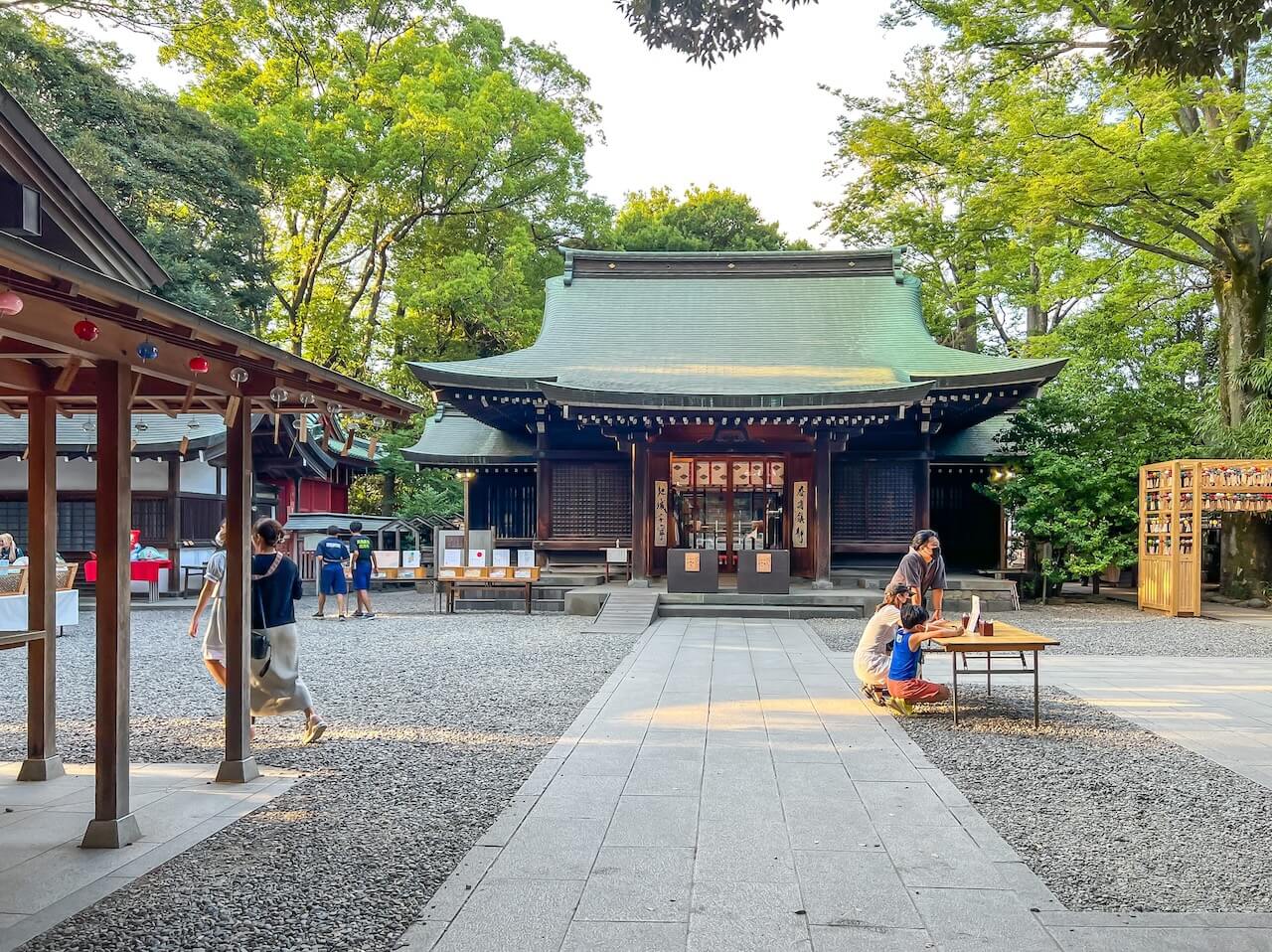
Built approximately 1,500 years ago, Kawagoe Hikawa Shrine has long served as the guardian shrine of Kawagoe’s castletown and has been visited by generations of feudal lords and local residents. Today, it is a popular tourist attraction for its unique fish-shaped “omikuji” fortune papers and “ema” prayer plate tunnel.
One of its historical highlights is Yasaka Shrine, which was originally a Toshogu shrine built by the Tokugawa Iemitsu that was moved from Edo Castle to Kawagoe Hikawa Shrine in the Meiji period. Its black-lacquered walls and intricate decorations beautifully display the architecture of the early Edo period. An Important Cultural Property of Saitama, this rare religious relic from Edo Castle is worth a look if you’re visiting.
Sitthipong Pengjan / Shutterstock.com
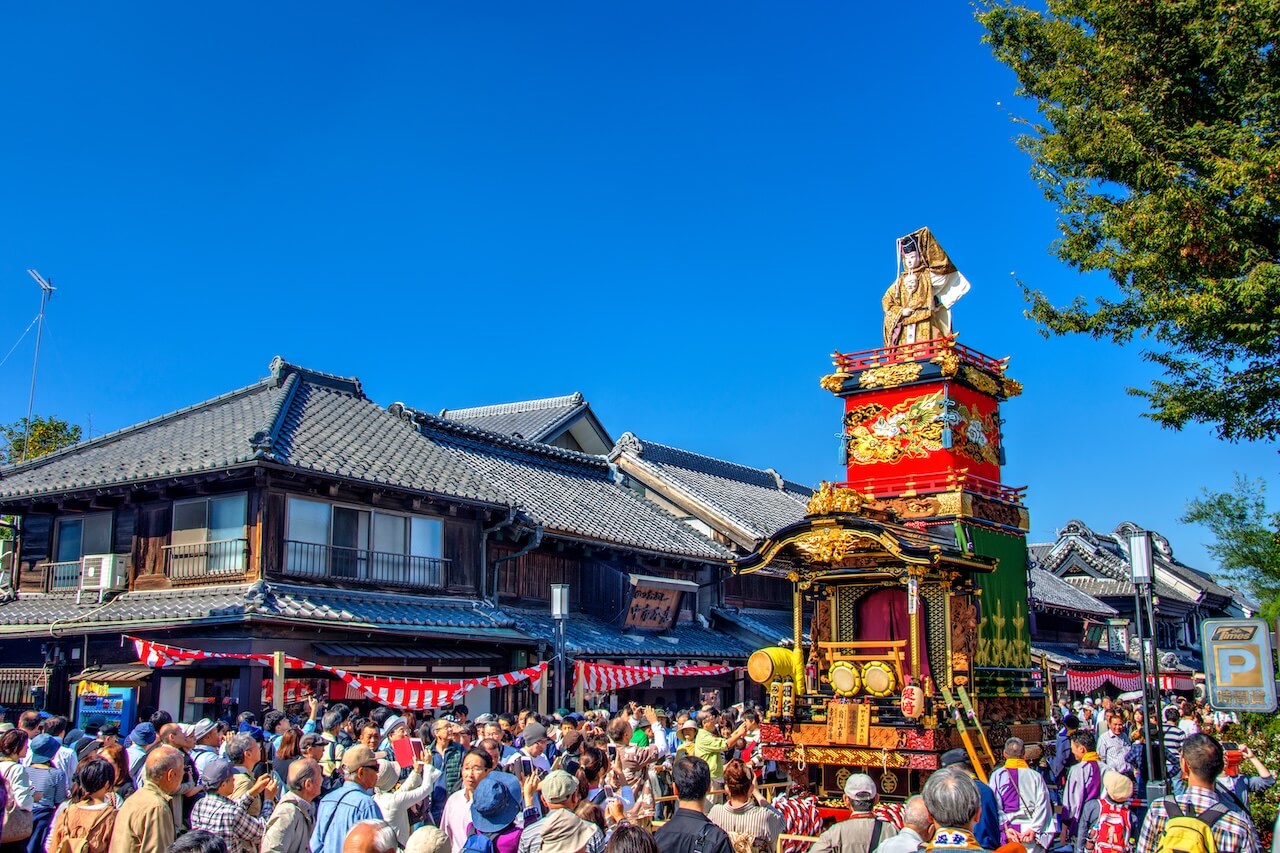
Another historical highlight is the shrine’s annual Kawagoe Festival in mid-October. This major event dates back to 1648, when Matsudaira Nobutsuna donated a portable shrine (mikoshi), lion heads, and drums to Kawagoe Hikawa Shrine and encouraged the holding of festival rituals. Over time, it evolved into the grand float procession seen today. The main attraction of the festival is the night-time “hikkawase”, where floats face off and compete in musical performances, creating an exhilarating atmosphere. Dolls of Tokugawa Ieyasu and Iemitsu can still be seen on these floats today, showcasing the deep bond Kawagoe had with the Tokugawa Shogunate.
Krishna.Wu / Shutterstock.com
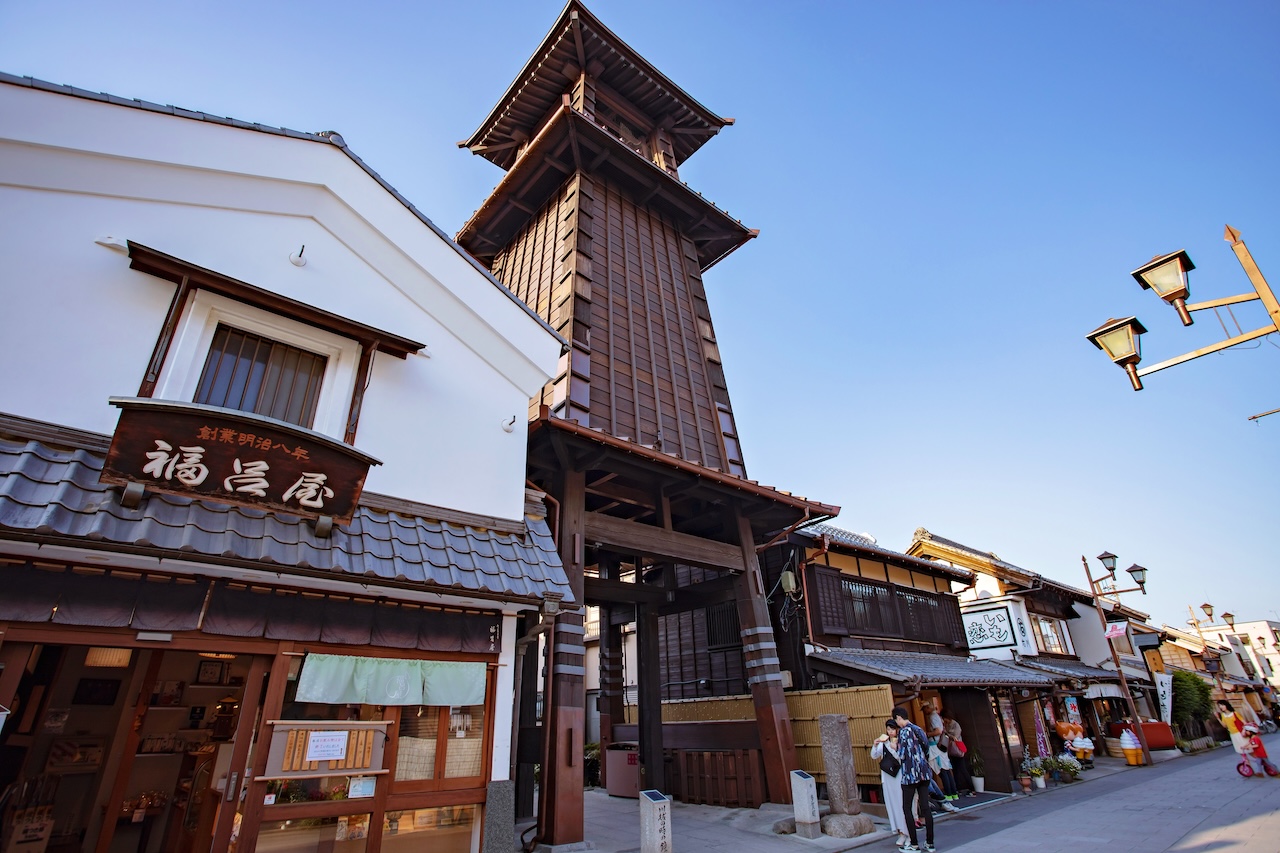
Last but not least on the list of the historical highlights of the shrine is the iconic “” Toki no Kane”” (Time Bell Tower). This structure actually isn’t located on the shrine premises, but it is just a short walk away. Originally built in the early Edo period, the current bell tower was rebuilt in the year following the Great Fire of Kawagoe of 1893. It still displays the time in the city today, symbolizing the historical significance of Kawagoe.
Name: Kawagoe Hikawa Shrine
Address: 2-11-3, Miyashita-machi, Kawagoe-shi, Saitama
Access: Take the Tobu Bus headed for Shinmeicho Shako from Kawagoe Station. Get off at “Kitamachi” and the shrine is around a 5-minute walk away.
Name: Toki no Kane
Address: 15-2, Saiwai-cho, Kawagoe-shi, Saitama
Access: Take the Koedo Loop Bus from Kawagoe Station and get off at “Kuranomachi”. The bell tower is about 3 minutes away on foot.
Yellow Cat / Shutterstock.com
Experience “SHOGUN” at Kawagoe!
Kawagoe stands as a living testament to Japan’s feudal era, offering visitors an immersive journey into the world of shoguns and samurai through spots such as Kawagoe Castle and the Toki no Kane, which continues to stand and watch over the city’s development. For those inspired by “SHOGUN” to explore Japan’s feudal past, Kawagoe provides an authentic window into the fascinating world of the Tokugawa shogunate, making history tangible for modern visitors.

